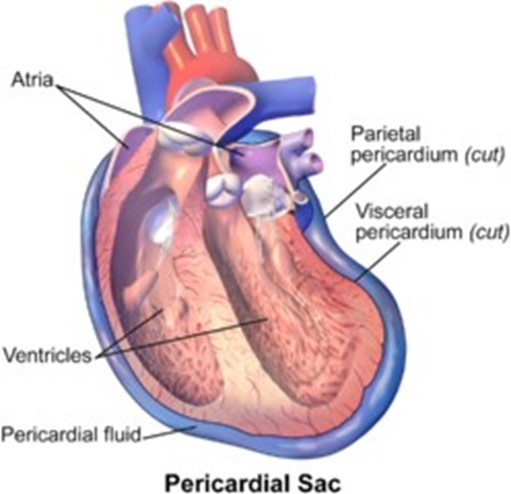A person who is stressed usually will have increased:
Resistance to infections.
Activity of the spleen and other lymphatic organs.
Number of lymphocytes in the blood.
Blood pressure.
The Correct Answer is D
A person who is stressed usually will have increased blood pressure because stress causes the body to release a surge of hormones that make the heart beat faster and the blood vessels narrow.
This can cause a temporary spike in blood pressure, which usually returns to normal once the stressor is gone.
Choice A is wrong because resistance to infections is not increased by stress.
In fact, chronic stress can weaken the immune system and make a person more prone to infections.
Choice B is wrong because the activity of the spleen and other lymphatic organs is not increased by stress.
The spleen and other lymphatic organs are part of the immune system, which can be affected by chronic stress in a negative way.
Choice C is wrong because the number of lymphocytes in the blood is not increased by stress. Lymphocytes are a type of white blood cell that help fight infections.
Chronic stress can reduce the number and function of lymphocytes and impair the immune response.
Nursing Test Bank
Naxlex Comprehensive Predictor Exams
Related Questions
Correct Answer is C
Explanation
Uterine contractions during childbirth illustrate a positive feedback mechanism.

A positive feedback mechanism is a process in which the end products of an action cause more of that action to occur in a feedback loop.
This amplifies the original action.
For example, when a woman goes into labor, the pressure of the baby’s head on the cervix stimulates nerve impulses that travel to the brain and trigger the release of oxytocin, a hormone that causes the uterus to contract.
The contractions increase the pressure on the cervix, which stimulates more nerve impulses, more oxytocin, and more contractions.
This cycle continues until the baby is delivered.
Choice A is wrong because body temperature control is an example of a negative feedback mechanism, which is when the end results of an action inhibit that action from continuing to occur.
For example, when the body temperature rises above normal, the skin sweats, and blood vessels dilate to release heat.
This lowers the body temperature back to normal and stops sweating and dilation.
Choice B is wrong because control of blood sugar is also an example of a negative feedback mechanism.
For example, when the blood sugar level rises after a meal, the pancreas secretes insulin, a hormone that helps cells take up glucose from the blood.
This lowers the blood sugar level back to normal and stops the insulin secretion.
Choice D is wrong because maintaining blood pressure is another example of a negative feedback mechanism.
For example, when the blood pressure drops due to blood loss or dehydration, the heart beats faster and stronger, and the blood vessels constrict to increase the blood pressure.
This restores the blood pressure back to normal and stops the heart rate and vessel constriction.
Correct Answer is A
Explanation
The fibrous pericardium is the loose-fitting sac around the heart that protects it and anchors it to surrounding structures.

Choice B is wrong because the epicardium is the outer layer of the heart wall, also called the visceral pericardium, and it is not a sac.
Choice C is wrong because the endocardium is the inner layer of the heart wall that forms the lining of all heart chambers, and it is not a sac.
Choice D is wrong because the visceral pericardium is another name for the epicardium, and it is not a loose-fitting sac.
Whether you are a student looking to ace your exams or a practicing nurse seeking to enhance your expertise , our nursing education contents will empower you with the confidence and competence to make a difference in the lives of patients and become a respected leader in the healthcare field.
Visit Naxlex, invest in your future and unlock endless possibilities with our unparalleled nursing education contents today
Report Wrong Answer on the Current Question
Do you disagree with the answer? If yes, what is your expected answer? Explain.
Kindly be descriptive with the issue you are facing.
